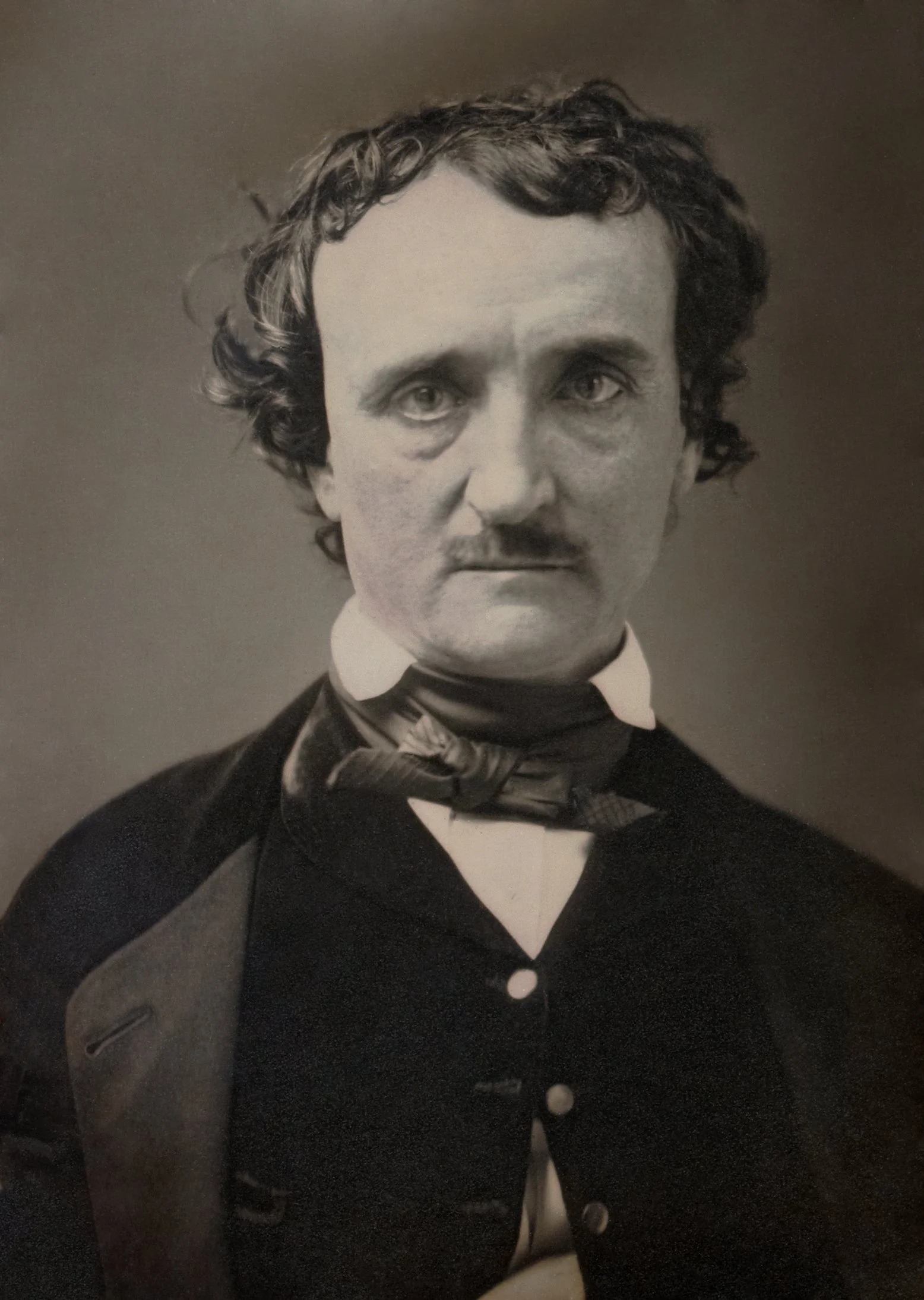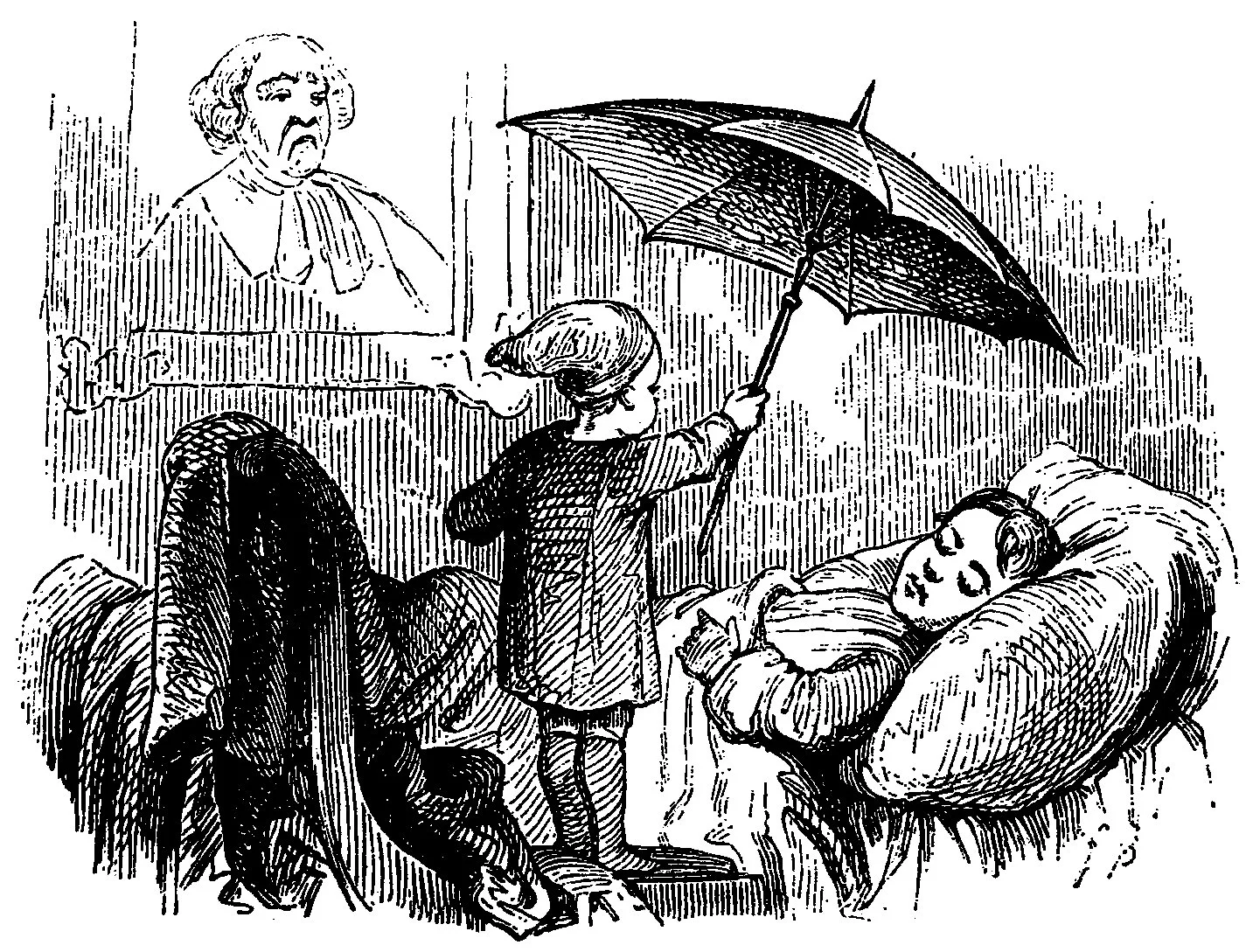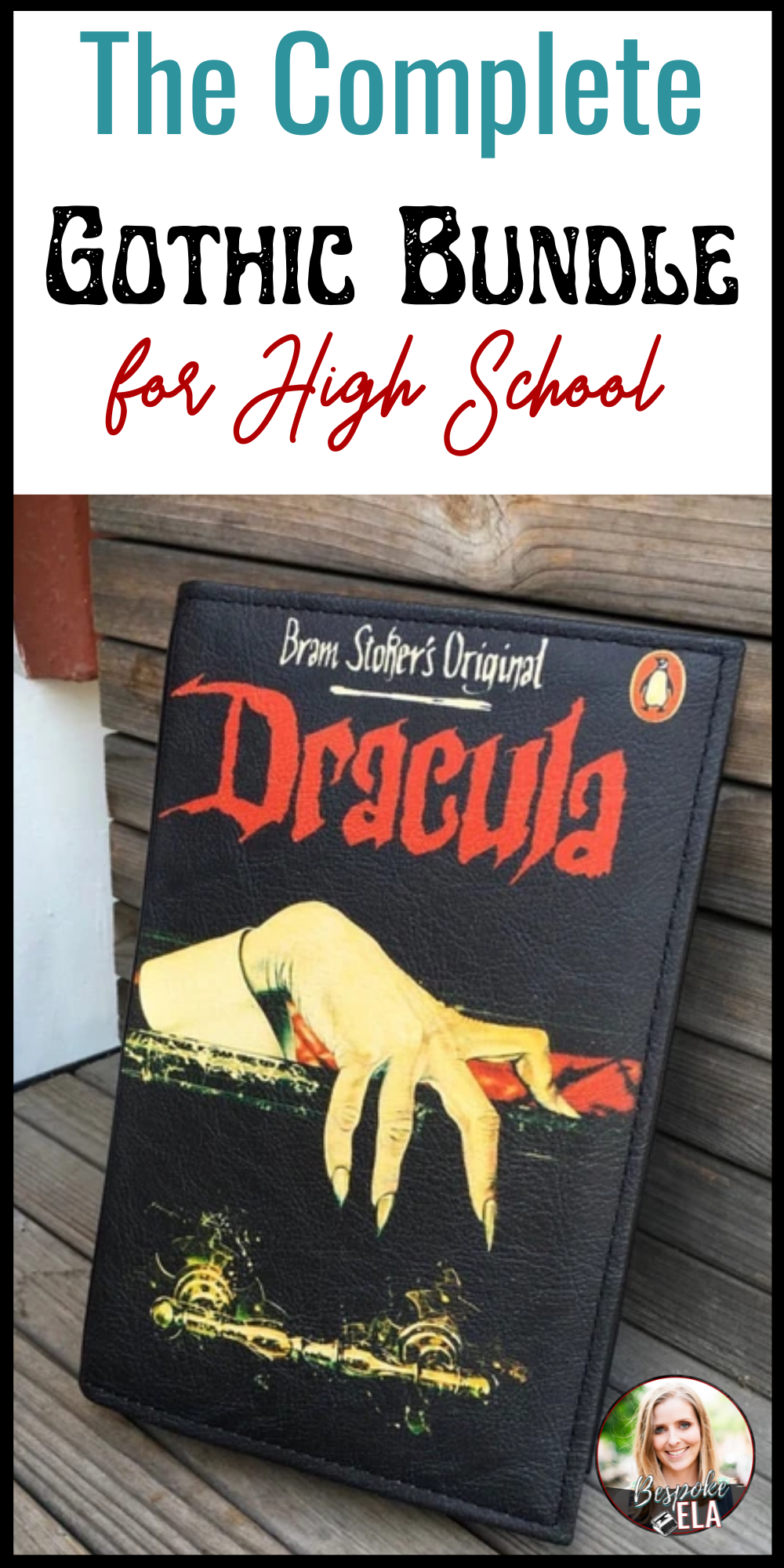When I taught English in New York City, I was assigned to teach a senior English course on Gothic literature. It was a magnet school where students could choose a “senior selective” English course for their senior year. Up until that point, I hadn’t taught much Gothic literature except for a Poe short story here and there around Halloween. But this course enabled me to do a deeper dive into the genre and discover some short stories (other than Poe) that are must-reads for your next Gothic unit.
As students read each Gothic text, they can begin to build a list of identifying traits and then create their own definitions of the Gothic genre. I like to have students create a definition essay as a culminating assignment for the unit; alternatively, students can construct a presentation and/or write their own original short stories using the traits they’ve observed from texts in the unit.
Here are five must-read Gothic short stories for high school students.
“The Fall of the House of Usher” by Edgar Allan Poe
Any Gothic unit worth its weight in gold will include something from Poe. I think it’s important to begin the unit with the original creators of the genre and then move chronologically into modern times so that students can observe how the genre morphed into and inspired both horror and science fiction.
I’ve always liked using “Usher” with seniors because it’s a longer, more complex read than some of the other stories. In “Usher,” the narrator comes to visit an old friend, Roderick, who seems to have fallen ill. He lives in an old decrepit mansion with his twin sister. We discover that the “Usher race” had been created from a long line of incest, putting pressure on Roderick to mate with his sister— something that clearly drives him insane. As a result, he buries his sister alive down in the cellar, but she claws and scratches her way out of her tomb to reveal herself to her brother and the narrator. This reveal frightens Roderick to death, and at that moment, the entire house of Usher crumbles to the ground.
“Usher” introduces the Gothic traits of perversion, death, dark spooky setting, the supernatural, and an unreliable narrator (who happens to notice that the “dead” sister still has color in her cheeks as he helps Roderick bury her).
“The Sandman” by E.T.A. Hoffman
This story begins with three letters and uses the backdrop of the Sandman, a mythical character in European folklore who puts people to sleep and encourages and inspires beautiful dreams by sprinkling magical sand onto their eyes, but in this story, the Sandman takes out the eyes of children who do not go to sleep— YIKES. Students may have heard of the Sandman from two popular songs: “Mr. Sandman” by The Chordettes or “Enter Sandman” by Metallica.
Freud uses this story as an example of his theory of the “uncanny.” The “uncanny” arises when childhood beliefs we have grown out of suddenly seem real. Freud called it “the return of the repressed.” The story begins with letters that recall Nathaniel’s childhood terror of the legendary Sandman. One night, Nathaniel hides in his father’s room to see the Sandman but instead sees Coppelius, an obnoxious lawyer who has come to carry out alchemical experiments. Eventually, Coppelius ends up killing Nathaniel’s father as a result of these experiments.
Later on, Nathaniel becomes fixated on watching another woman, Olympia. He falls in love with her and proposes to her, but he discovers Olympia’s lifeless body and learns that Coppelius and another man Spallazani created her out of a mechanical parts. She was, apparently, an automated, robotic woman. The sight of Olympia’s eyes lying on the ground drives Nathaniel to madness, and, in a state of insanity, he is taken to an asylum. Being haunted by Olympia’s eyes, Nathaniel commits suicide.
This story teeters on the verge of other genres such as science fiction and horror. Students may notice the traits of torture, revenge, and damsel in distress. Freud asserts that the removal of the eyes alludes to an infantile fear of castration, but the castration complex is masked by a fear of losing a different sensitive organ: the eyes. This same theme is present in the tragedy of Oedipus.
“Diary of a Madman” by Guy de Maupassant
If you have time, you can pair this story with Lu Xun’s story “A Madman’s Diary” and Gogol’s story “Diary of a Madman” to compare and contrast how the writers use an unreliable narrator to create tension and horror. But if you only have time to read one, I would definitely go with Maupassant’s version. Wowza— what a DISTURBING AND SHOCKING STORY. Trigger warning— it’s like reading the diary of a serial killer.
The narrator of this story is a court judge who is responsible for sentencing criminals— event to death. However, we learn from the diary entries that this judge has increasingly become more and more fascinated with killing, and he records his obsession with killing a bird at first— but then escalates to killing people. He then sentences to death an innocent man who was accused and found guilty for the murder. The judge feels victorious in that his position as a judge protects him from being accused of the crimes he is committing. DISTURBING!
With this short story, students can dig more into the concept of the unreliable narrator as well other Gothic traits such as murder, blood, obsession, evil, and irony. After students read this story, I like to have them write their own diaries from the perspective of a “mad” person. They really enjoy the assignment and the experimentation with an insane, psychopathic narrator. You can also have them identify traits within in their own stories and how they created tension through the use of an ironic perspective.
“The Savage Mouth” by Sakyo Komatsu
This is a short story by one of Japan’s leading science fiction writers. And this one is a real SHOCKER. While this short story was published in the 1960s, students can discuss how the Gothic genre has transformed and changed from its early inception in the late 1700s.
Sickened by the absurdity of life, the narrator concocts a machine that will allow him to painlessly remove parts of his body. He begins to remove his body parts, beginning with his legs and feet. And here’s the shocking part— he EATS his own body parts. He literally devours himself. However, as he goes along removing and eating his own body, he replaces each body part with a mechanical part. By the end of his self-cannibalism, he is completely converted to a machine.
The police investigators arrive to discover what the man has done to his body. They decide that they cannot let the public know what the man has done because it could ignite an insurrection of existential crises. One investigator steps over to the mechanical man, and the story ends with the mechanical jaw biting down on the investigator’s finger.
There is no other story I have EVER read with my students that absolutely SHOCKS them with horror. There is no pain in the story, and the narrator cauterizes the blood as he removes his body parts. He goes to great lengths to prevent both things with his intricate medical machine. It’s the concept of self-cannibalism that shocks students and inspires them to discuss what the “absurdity of life” could mean and why the man might want to turn himself into a machine.
Gothic traits that come from “The Savage Mouth” include an unreliable narrator (perhaps he is insane), cannibalism, and the philosophies of absurdism and existentialism. After all, what inspires more philosophical thought than experiencing the horrors of evil— especially absurd evil?
“Lunch at the Gotham Cafe” by Stephen King
No Gothic or horror unit is complete without something from the master himself— Stephen King. There are so many stories to choose from, but this one is particularly freaky because it depicts a waiter at a restaurant who goes insane and begins attacking the patrons. Out of nowhere, Guy the maître d' makes, a surprise appearance, homicidally insane, screaming "Eeeee!", ranting in word salad, and brandishing a chef’s knife. Going berserk, Guy brutally kills the attorney who had come to meet with Guy and his wife Diane to consult with them about a divorce. The main character, Steve, briefly fends off Guy with his umbrella, then drags Diane into the kitchen. Guy gives chase and leaves the café's cook with a grisly injury. Desperately struggling to hold off the lunatic, Steve begs Diane to unbolt the rear entrance door so they can both escape, but she remains in a state of gaping shock. Steve is able to incapacitate Guy by dousing him with scalding water and hitting him with a metal frying pan.
You’d think that would be the end of the maniacal waiter, but no.
As Steve sits on the curb watching an ambulance haul away the victims and the heavily-restrained Guy, he is left wondering about Guy's private life and the nature of insanity. He imagines Guy living in a similar situation to his own, driven insane by the irrationality of his wife, whom he may have murdered before coming to work this day, and the constant barking of the neighbor's dog. Under his breath, he starts to say, "Eeeee," perhaps wondering what appeal going insane might hold...
This story explores the concept of unrequited love and its relationship with insanity. It take a deep dive into the motivations of psychopathic insanity and how a human can go to such dark, desperate measures. In a way, the waiter, Guy, becomes a foil for who Steve might also go insane as a result of his wife’s decision to leave their marriage. This story also brings in the concept of the damsel in distress, a common trope among Gothic stories. A great creative assignment to add onto this one is to have students write the sequel story… what becomes of Steve and Diane?
What other stories would you add to this list for high school students? Please share in the comments! I’d love to hear from you.
Related Resource
Meredith is the founder and creator of Bespoke ELA and TeachWriting.org. She has taught high school English for 15+ years in Dallas, Chicago, and New York City and holds a M.A. in Literature from Northwestern University. She has always had a connection to the written word-- through songwriting, screenplay writing, and essay writing-- and she enjoys the process of teaching students how to express their ideas. Meredith enjoys life with her sweet daughter and Yorkie.









